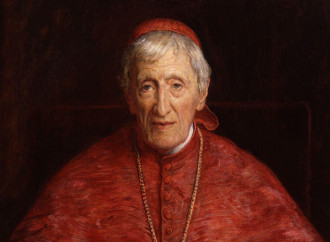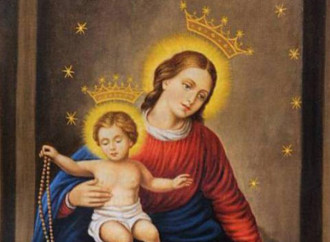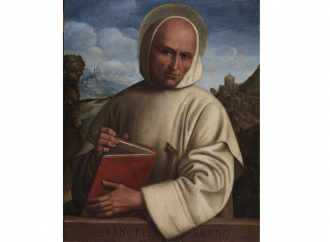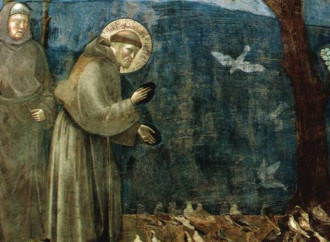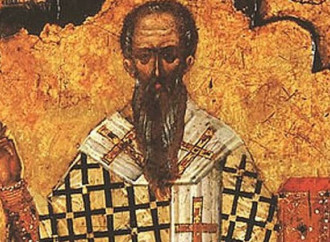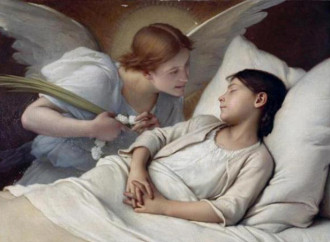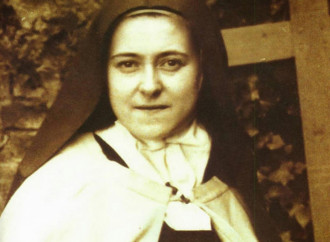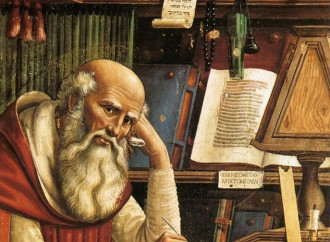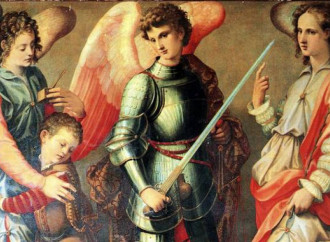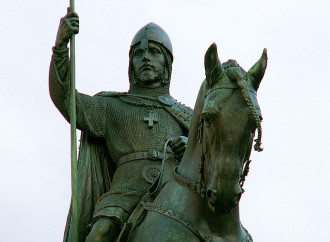Saint John Henry Newman
His liturgical memorial is celebrated today for a very special reason...
Saint Felix of Como
He was consecrated by Saint Ambrose, who sent him to evangelise the municipium of Como, as a testimony to the great missionary drive of the Church of Milan in that particular historical phase.
Blessed Virgin Mary of the Rosary
The Rosary experienced an extraordinary surge in the 13th century thanks to the Dominicans. The Fatima apparitions then raised awareness of the importance of the Rosary in God's saving plan as a weapon against Satan
Saint Bruno
The hermit life was his heaven on earth. It allowed him to meditate on God and enjoy “a peace that the world does not know, favourable to the joy of the Holy Spirit”
Saint Mary Faustina Kowalska
“Your great trust in Me compels Me to grant you continuous graces”, she heard Jesus say. He called her “Secretary of My Mercy”
Saint Francis of Assisi
He was a radical witness to the Gospel, to the love of God in the first place
Saint Dionysius the Areopagite
The Acts of the Apostles mention Dionysius in the famous passage on Paul's speech at the Areopagus
Holy Guardian Angels
Speaking of the help of angels, the Catechism affirms a comforting truth: “From its beginning until the hour of death, human life is surrounded by their protection and intercession” (CCC 336).
Saint Teresa of the Child Jesus
“If the good Lord grants my wishes, my Heaven will take place on Earth until the end of the world. Yes, I want to spend my Heaven doing good on Earth”, wrote Sister Teresa of the Child Jesus (St Thérèse of Lisieux) (1873-1897) a few months before her death....
Saint Jerome
He was one of the most erudite men of his time, to whom all Christianity owes much.
Saints Michael, Gabriel, and Raphael Archangels
Following the reform of the liturgical calendar in 1969, the Church commemorates together the three Archangels
Saint Wenceslas
Son of the Duke of Bohemia, he lived in a land where Christianity was beginning to spread thanks to the evangelization of the Slavic peoples initiated a few decades earlier by Saints Cyril and Methodius.

